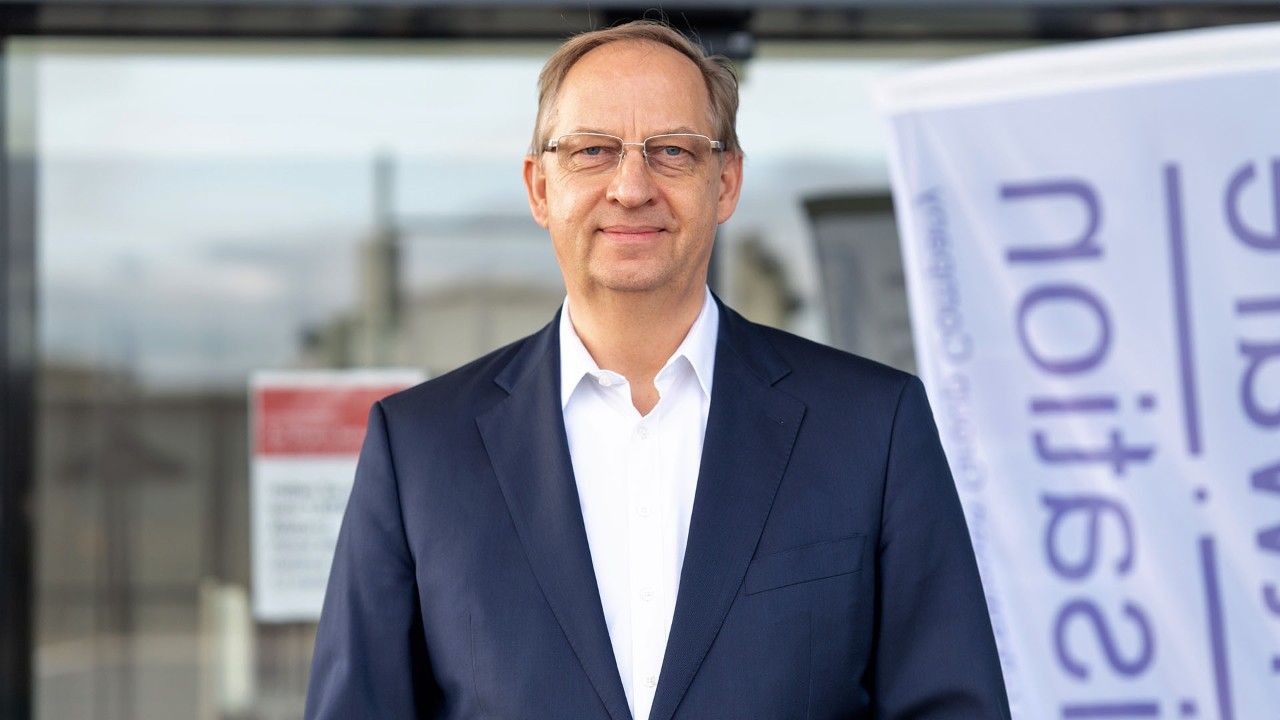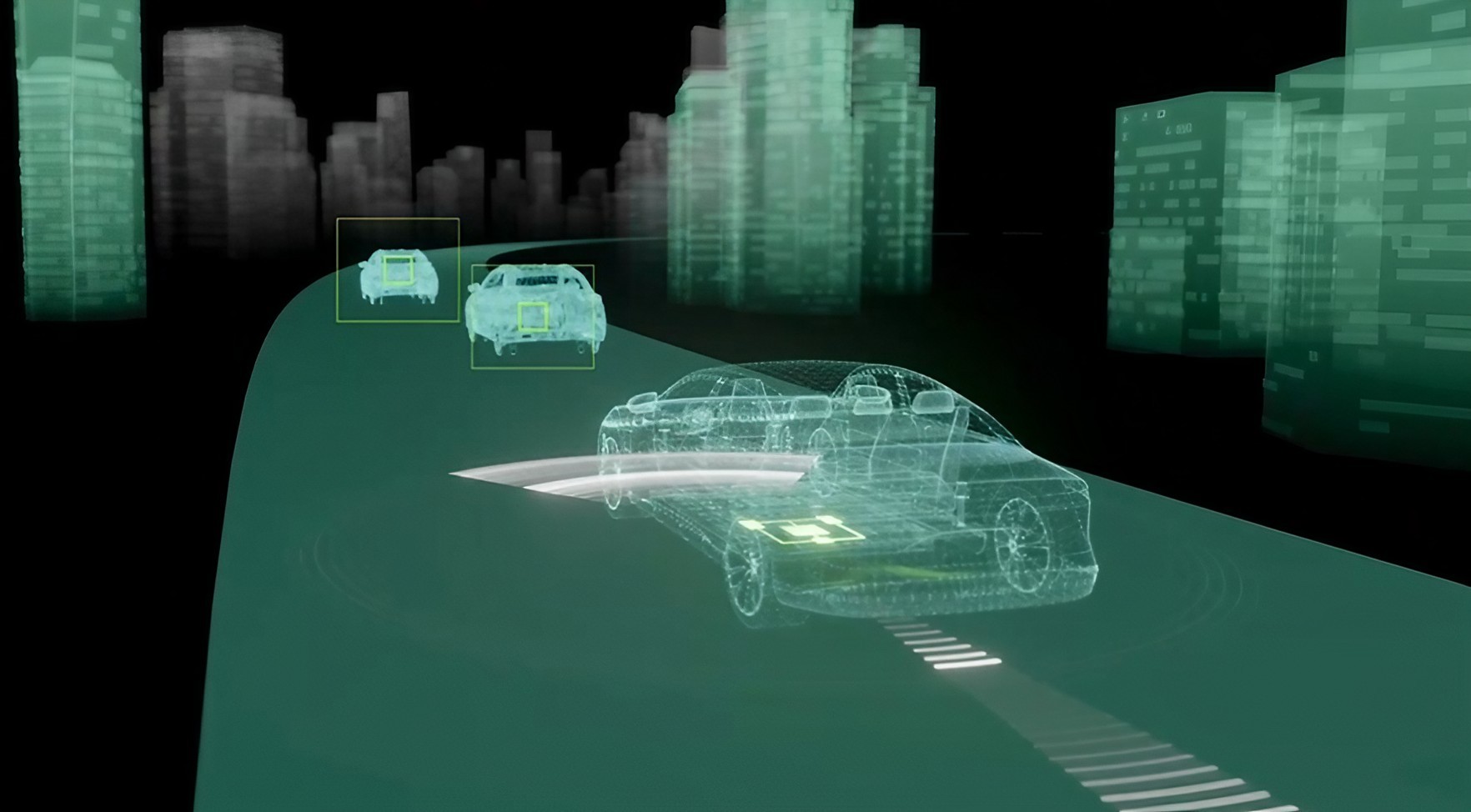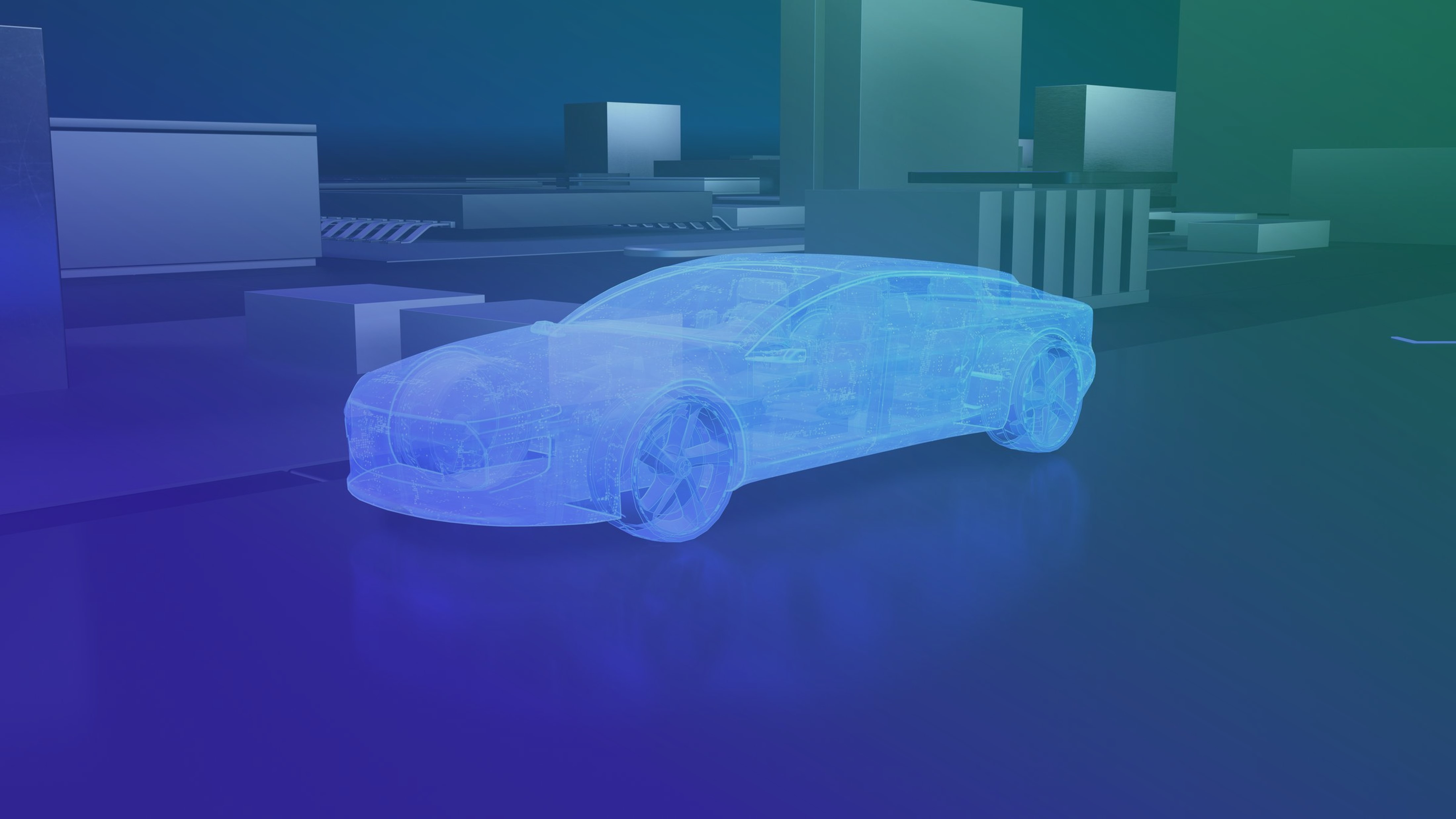The Automated Driving Platform is a customized tool
The Car.Software Organization and Microsoft will build the Automated Driving Platform, a cloud-based platform to efficiently develop automated driving and parking functions. Dirk Hilgenberg, CEO of the Car.Software Organisation, explains why this step is important and what ADP is all about.
 Dirk Hilgenberg, CEO of the Car.Software Organisation.
Dirk Hilgenberg, CEO of the Car.Software Organisation.
What is ADP?
ADP is a cloud platform tailored to the development of connected assisted and automated driving functions. Basically, the platform is a customized digital “tool” for our software developers. The development of automated driving and parking functions is highly complex. And it happens iteratively, the systems are continuously learning. Data from a wide range of scenarios plays a very decisive role in these development and learning processes. These include environment data, vehicle data, and system data. The consistent storage and intelligent processing of all this data is the basis for an efficient and sustainable development and thus for safe and innovative customer functions. For ADP, the focus is to create one process environment with agile methods and integrated digital tools.
So it’s more than just cloud storage?
Correct. ADP is a development platform. It bundles powerful software technologies tailored to the development of assisted and automated driving functions. Here, we develop a customized solution that leverages the knowledge our specialists have gained from years of series development, while giving us the greatest possible flexibility to meet future requirements. You can’t buy anything like this on the market.
 Volkswagen Group teams up with Microsoft to accelerate the development of automated driving.
Volkswagen Group teams up with Microsoft to accelerate the development of automated driving.
What are the benefits of such a collaboration with Microsoft?
The partnership with Microsoft and other tech companies represents a fundamental transformation that is far from complete. We are currently witnessing major collaborations across the industry. Our software capabilities will determine our place in a fully connected and fully electric mobility of the future. Our goal is to increase the proportion of software developed in-house for our cars from around 10 percent today to 60 percent by 2025. On this path, we are also relying on strong partners. Microsoft has considerable know-how in the field of scalable cloud services. We benefit from this. Conversely, this platform requires development experience of automated driving functions for series production. The development of customer facing functionality and the data generated in the process remains under our control. We are also already working with Microsoft on the Volkswagen Automotive Cloud, which will encompass Volkswagen’s digital services and mobility offerings in the future. We are making good progress in this. We want to use this momentum to expand our collaboration.
What does ADP mean for the development work of the Car.Software organization?
The Car.Software Organisation is the software competence center within the Volkswagen Group. Software development is very fast-moving and follows its own rules. We want and need to be able to produce innovative solutions for changing customer needs in relatively short cycles. And to deal specifically with highly and fully automated driving: We still have a relatively new field of development here, in which new know-how is being added every day. Despite many announcements, no system of Level 3, i.e., without a driver as a fallback level, is yet on the market. In the coming years – even if the first systems are already on the road – there will still be noticeable improvements in the customer experience. With ADP, we are building the foundation for the data-based development of automated customer functions.
You’re talking about huge amounts of data – where does the information come from?
An important role is played by the data from our test vehicles, with which we complete quite a few real test drives on the road. The second important pillar is virtual kilometers driven, i.e. simulated driving situations. Both have long been an integral part of our development processes. In the future, we will pool the data from all physical and virtual kilometers driven to make use of them even more efficiently. In addition to this, we want to expand the pool to include data from the real vehicle fleet. Our customers will then be able to voluntarily share certain data for development purposes – anonymized and according to our high standards concerning data security. This will enable us to exploit economies of scale and create a database that systematically supports “learning from kilometers driven”. In turn, the customer ultimately benefits from an ever better driving experience.




